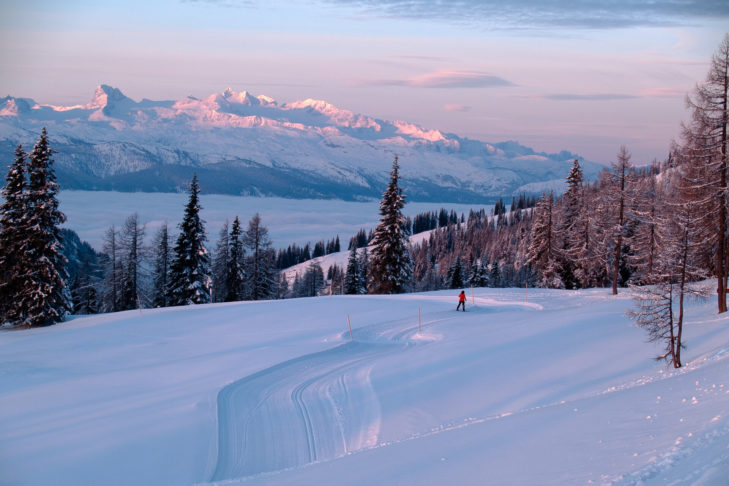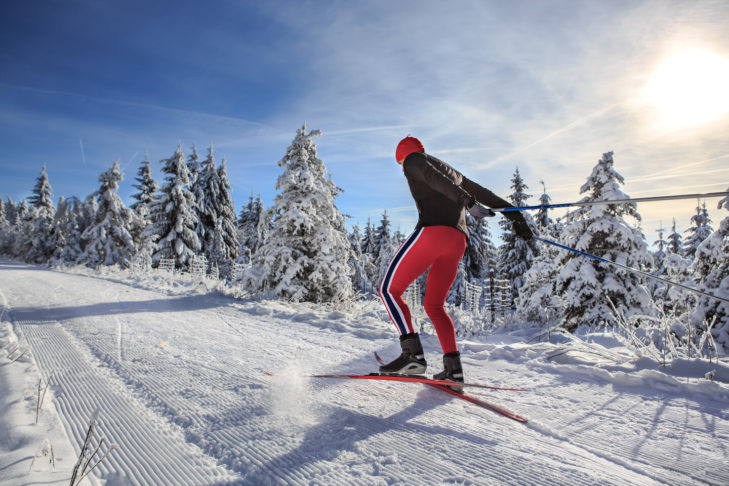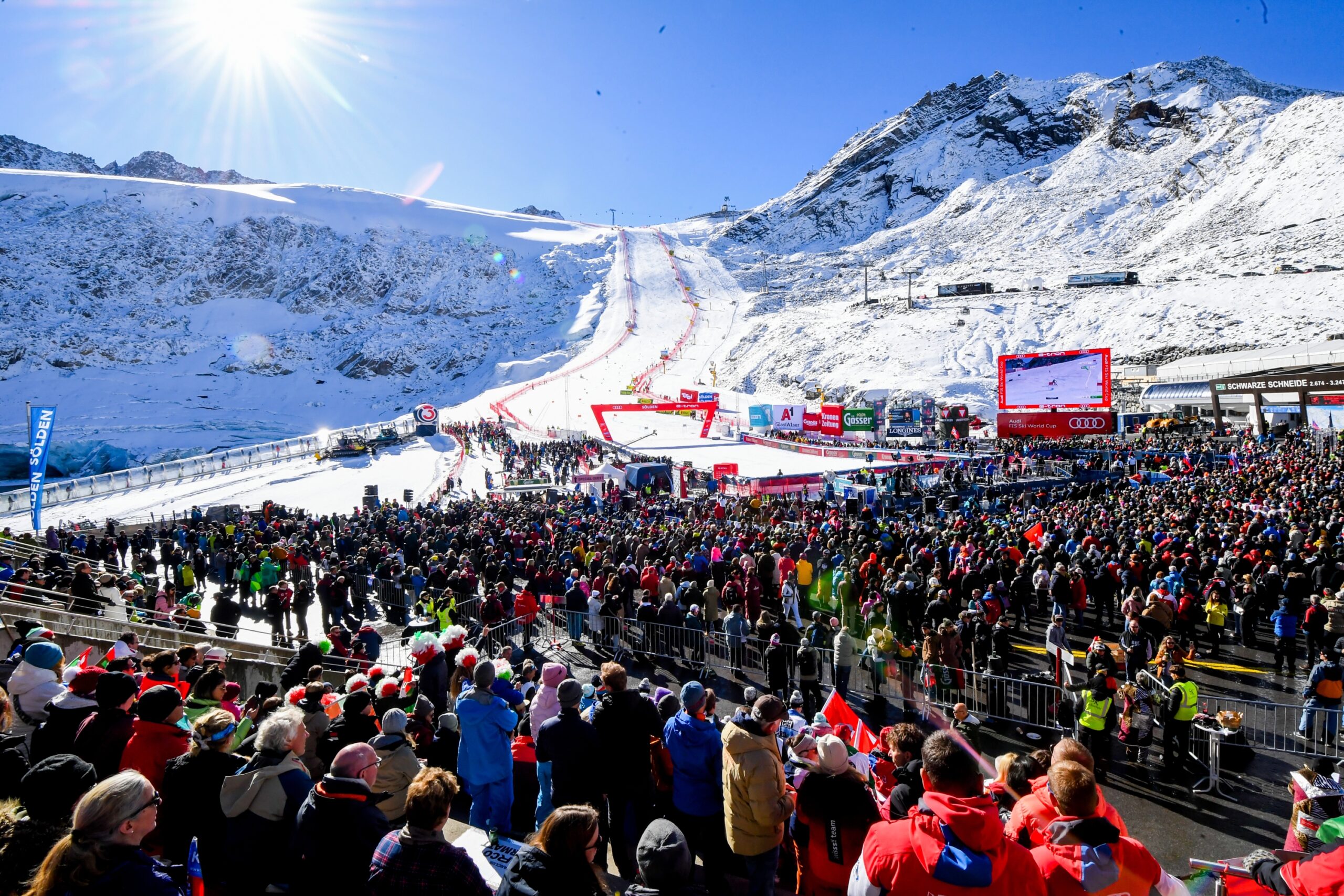In recent years, cross-country skiing has developed from a fringe sport to an extremely popular popular sport. What type of cross-country skier are you? In the following, SnowTrex briefly introduces the characteristic elements of the three cross-country skiing styles.
Nordic Cruising
Nordic cruising is particularly suitable for beginners, as the skis in this discipline are wider and shorter than classic skis. Beginners feel much safer than with classic cross-country skis due to the greater width. In addition, cruisers have a longer climbing zone, which makes it much easier to take off. You can cruise both on the trails of the classic discipline and on suitable winter hiking trails. The experience of nature is clearly at the forefront of Nordic cruising, but the discipline still requires a certain level of basic fitness.
Classic cross-country skiing
The classic style is, as the name suggests, the classic variant. Here, the skis are usually between 25 and 30 centimetres longer than the athlete’s height. A shorter grip zone results in a significantly stronger push-off compared to Nordic cruising. A major advantage of the classic discipline is its widespread popularity; a corresponding trail can be found in almost all winter sports resorts such as Mayrhofen, Sölden or Ischgl. A plus point for classic skiers is the somewhat easier introduction to the cross-country skiing technique. However, you should not underestimate the increased effort required compared to cruising. The higher fitness demands should be met with regular training.
Cross-country skating
The most demanding discipline, according to the doctrine, is the skating variant. This is mainly due to the increased effort required by the athletes. The upper leg muscles and arm strength are explicitly required when skating. Gliding is also a matter of practice and the use of poles is the undoing of many beginners. Timing is everything here. In more and more places, special trails are now being created for skaters, as skaters are not allowed to use the elaborate classic trails. Skating skis are around 15 centimetres longer than the athlete’s height, so it is essential to adjust the boards to the athlete’s individual requirements.





